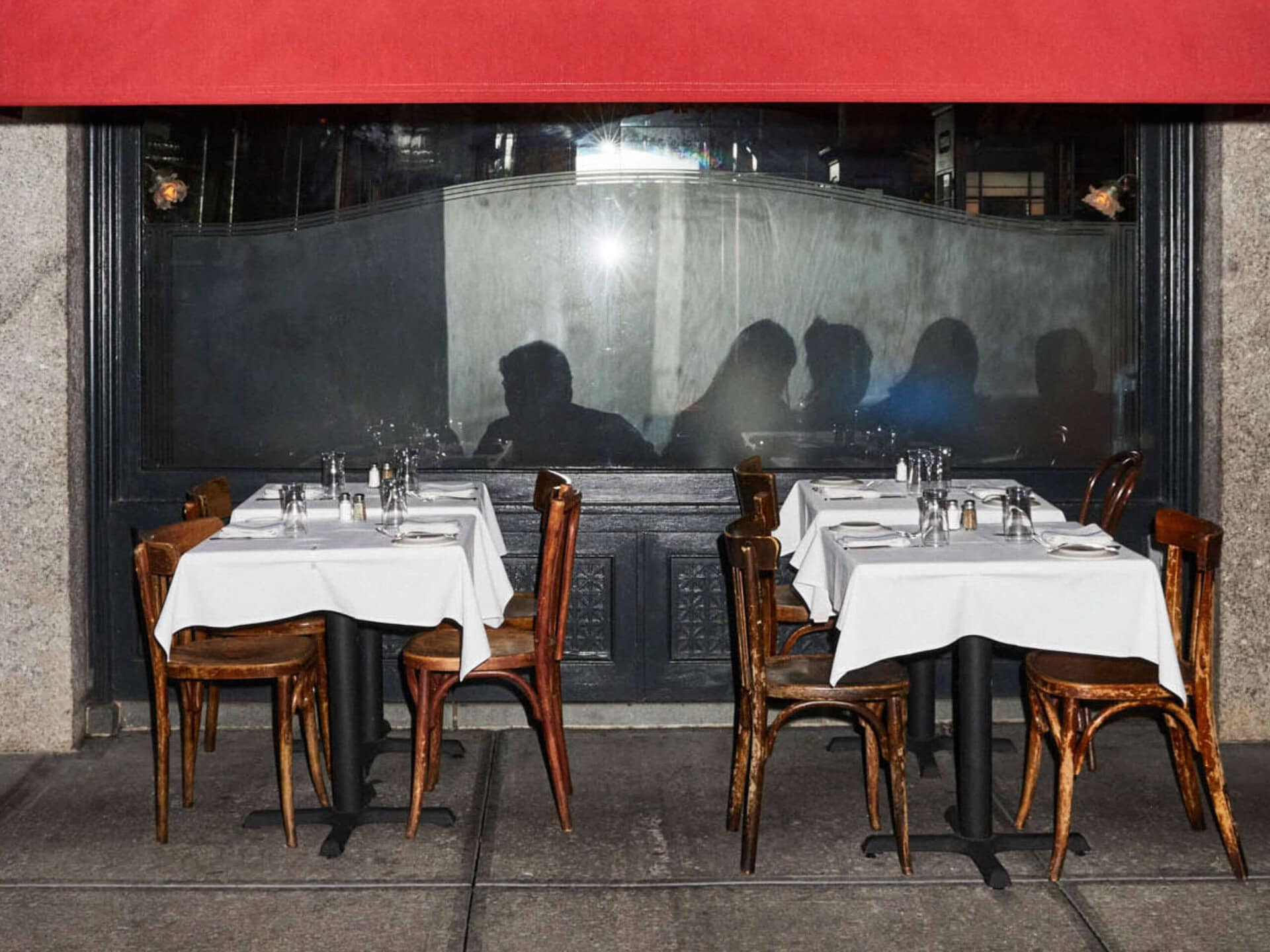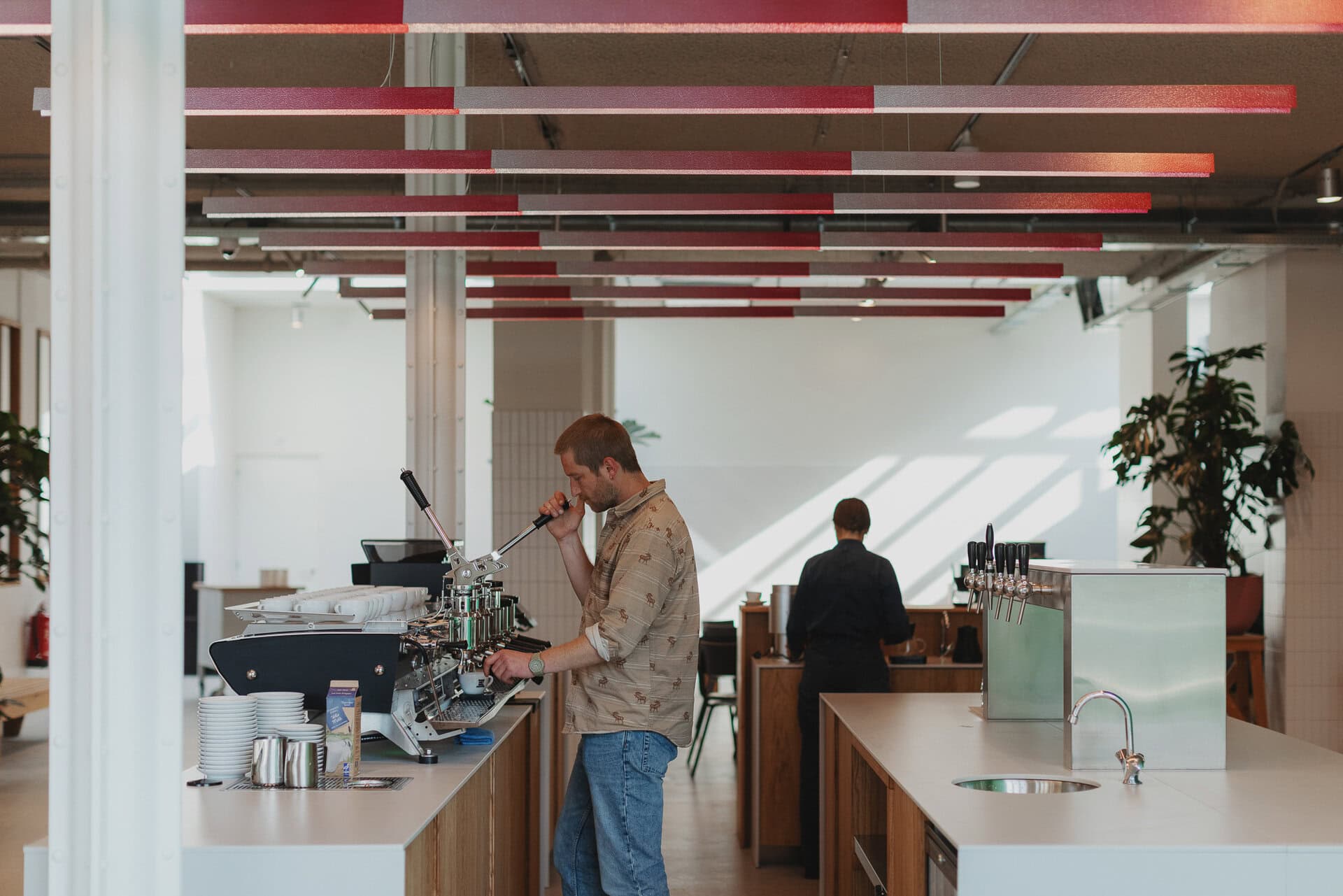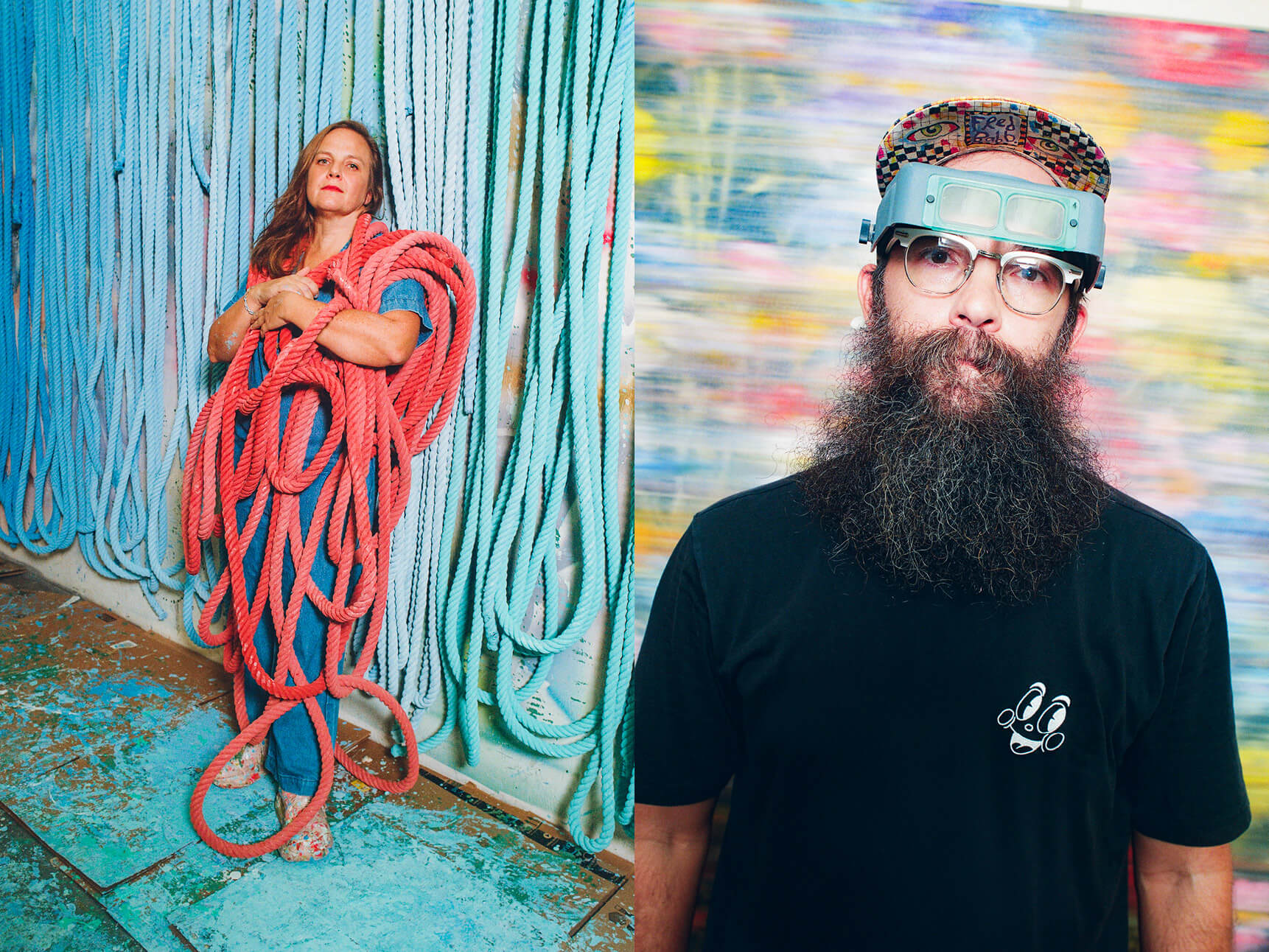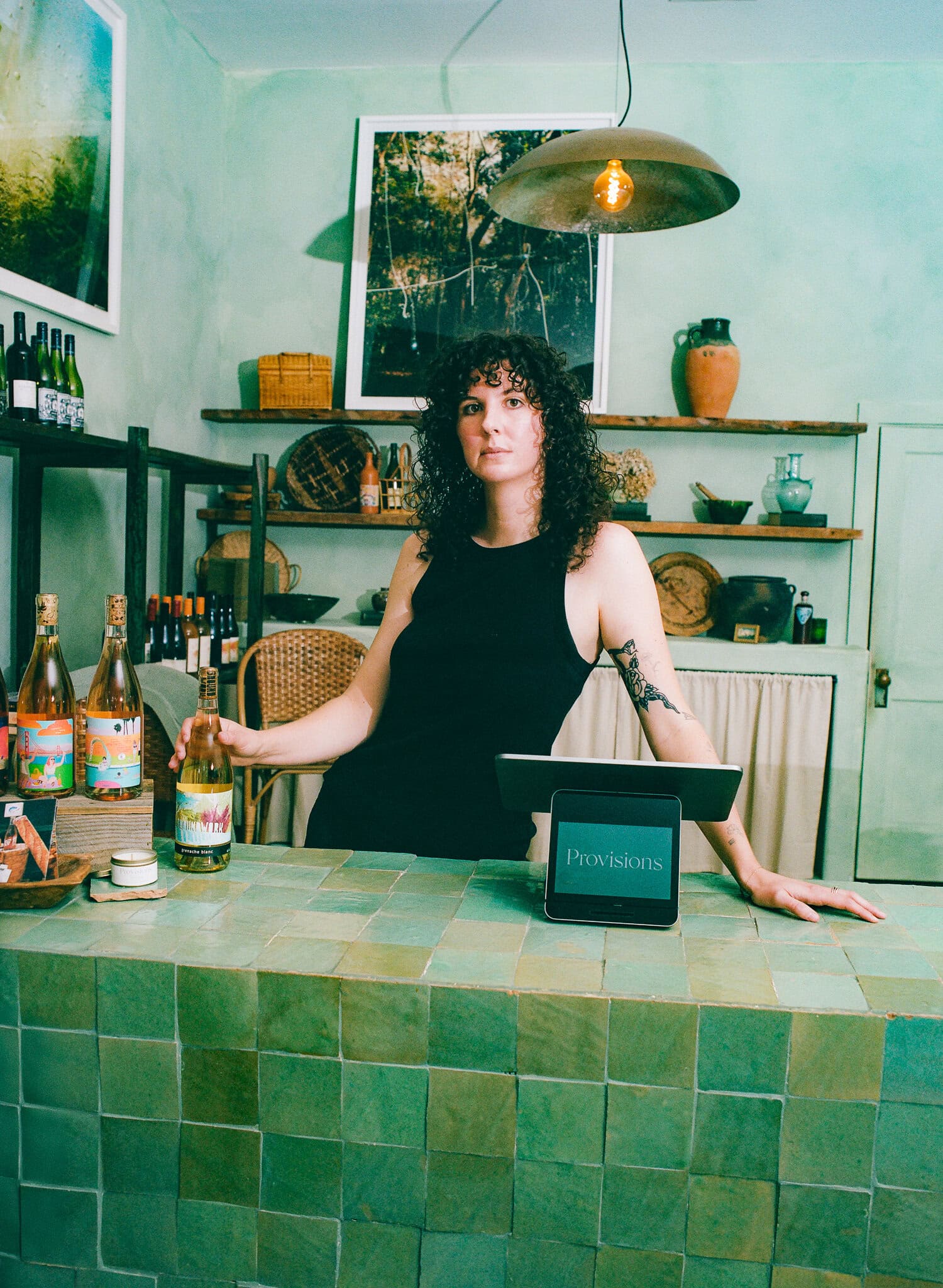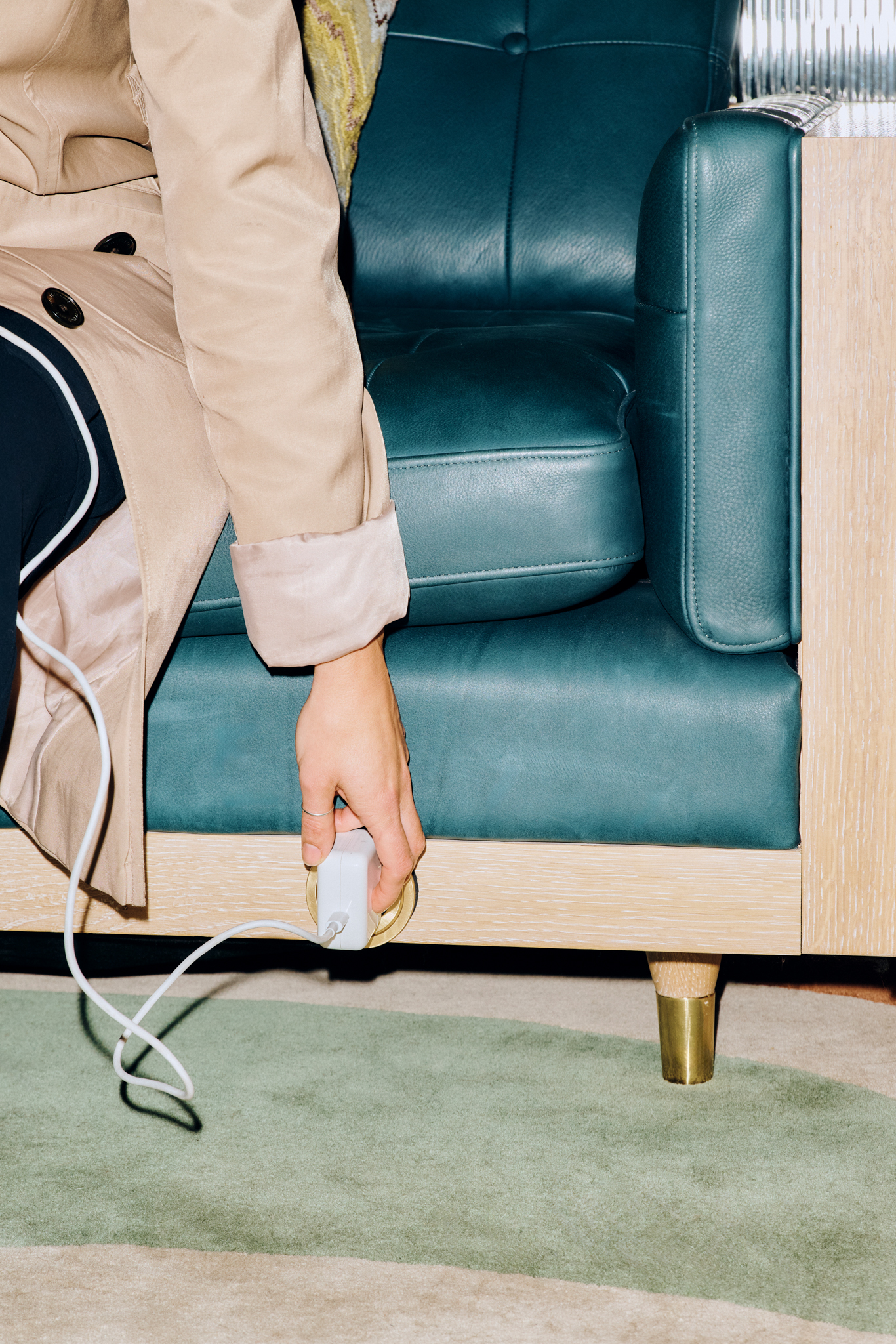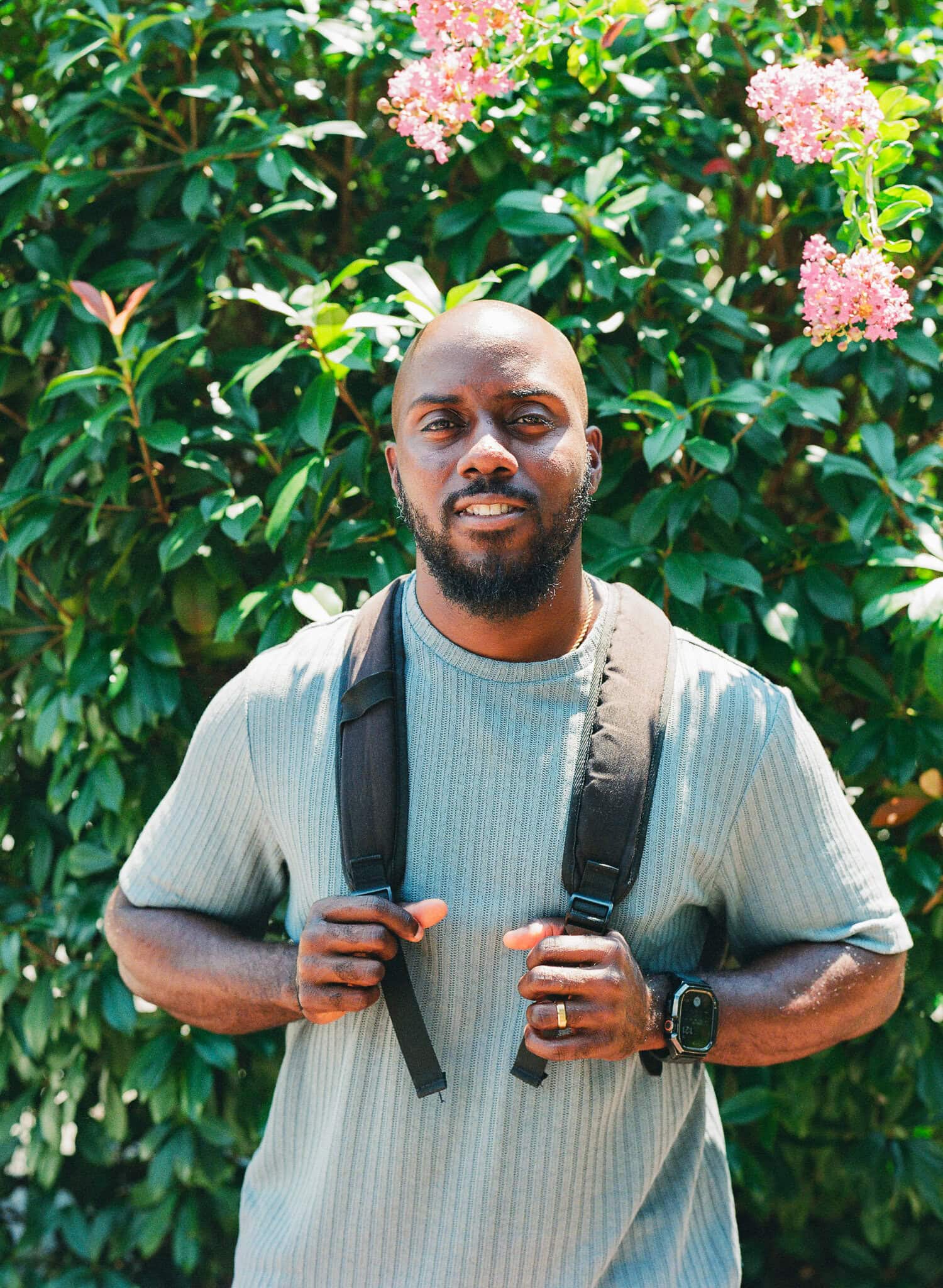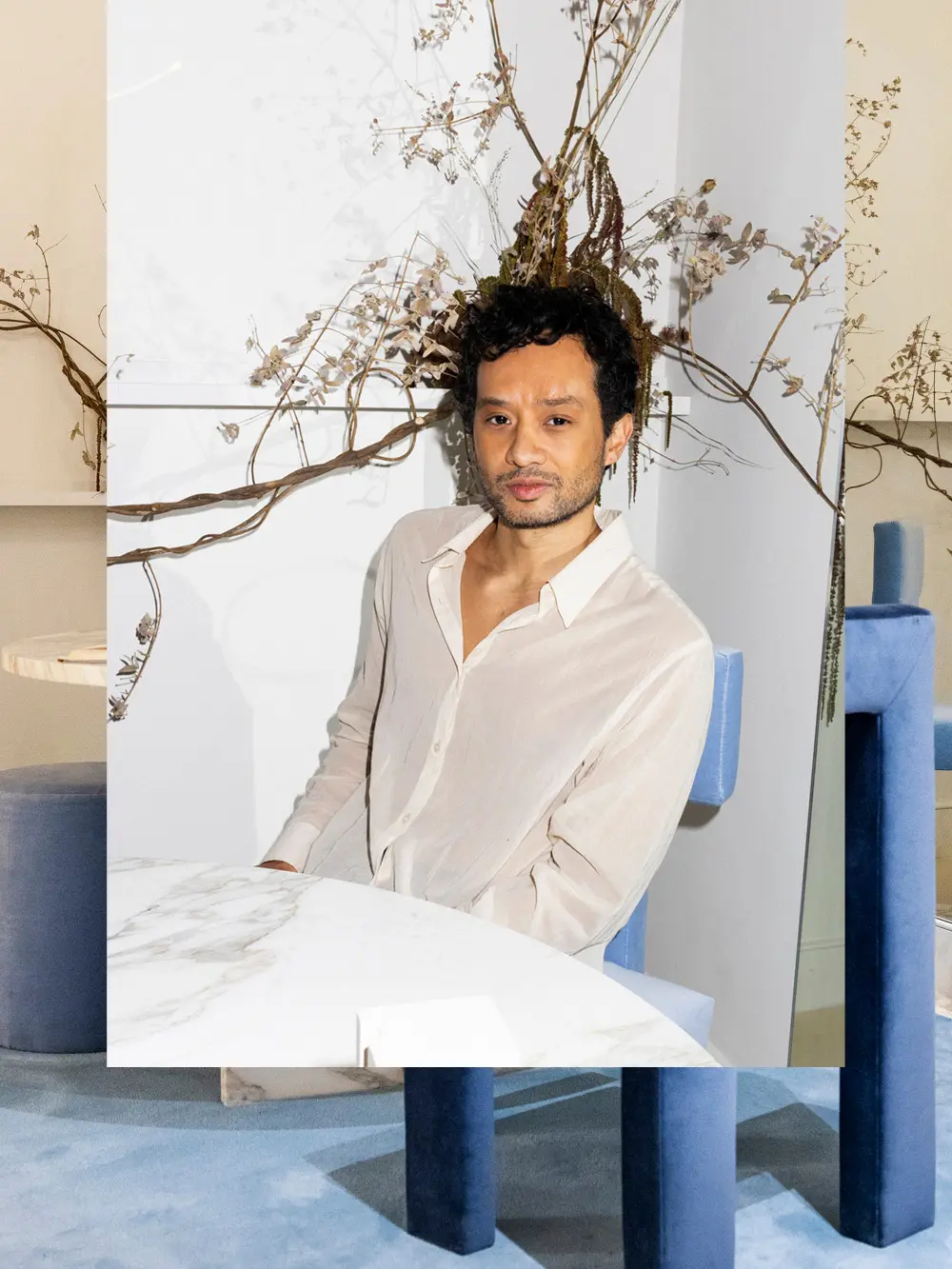
With his new retail showroom, Tariq Dixon shows how embracing unpredictability keeps him one step ahead.
Tariq Dixon finds comfort in change. Since launching TRNK, the retailer and studio he co-founded nearly a decade ago in 2013, Dixon has taken the reins at the brand, slowly expanding its reach beyond furniture and product design. While TRNK’s portfolio grew to include an in-house furniture collection and a robust curation of objects and art by emerging global talents, Dixon has also leveraged the brand as a platform for change. During the pandemic, Dixon launched TRNK Editions to engage with underrepresented artists and hosted a series of digital exhibitions, exploring topics around diversity, identities, and indigenous contributions to design.
In his latest venture, Dixon recently opened TRNK’s new showroom, a ground-level storefront located in the heart of TriBeCa. The 1,300-square-foot space now houses many of the brand’s latest collaborations—including furniture by Studio Anansi, Michael K. Chen, and Farrah Sit for the TRNK Collection and objects and works by such talents as Canoa Lab and Kansai Noguchi. True to Dixon’s dynamic nature and iterative curatorial approach, the displays and offerings will be (of course) ever-growing and evolving. Moreover, the showroom will also serve as a place for future exhibits and events. Part retail store, part gallery, it is the culmination of Dixon’s creative vision and a physical showcase of TRNK’s intimate, livable ethos.
“Not knowing what the future holds necessarily but being able to imagine what it could be is very exciting for me.”
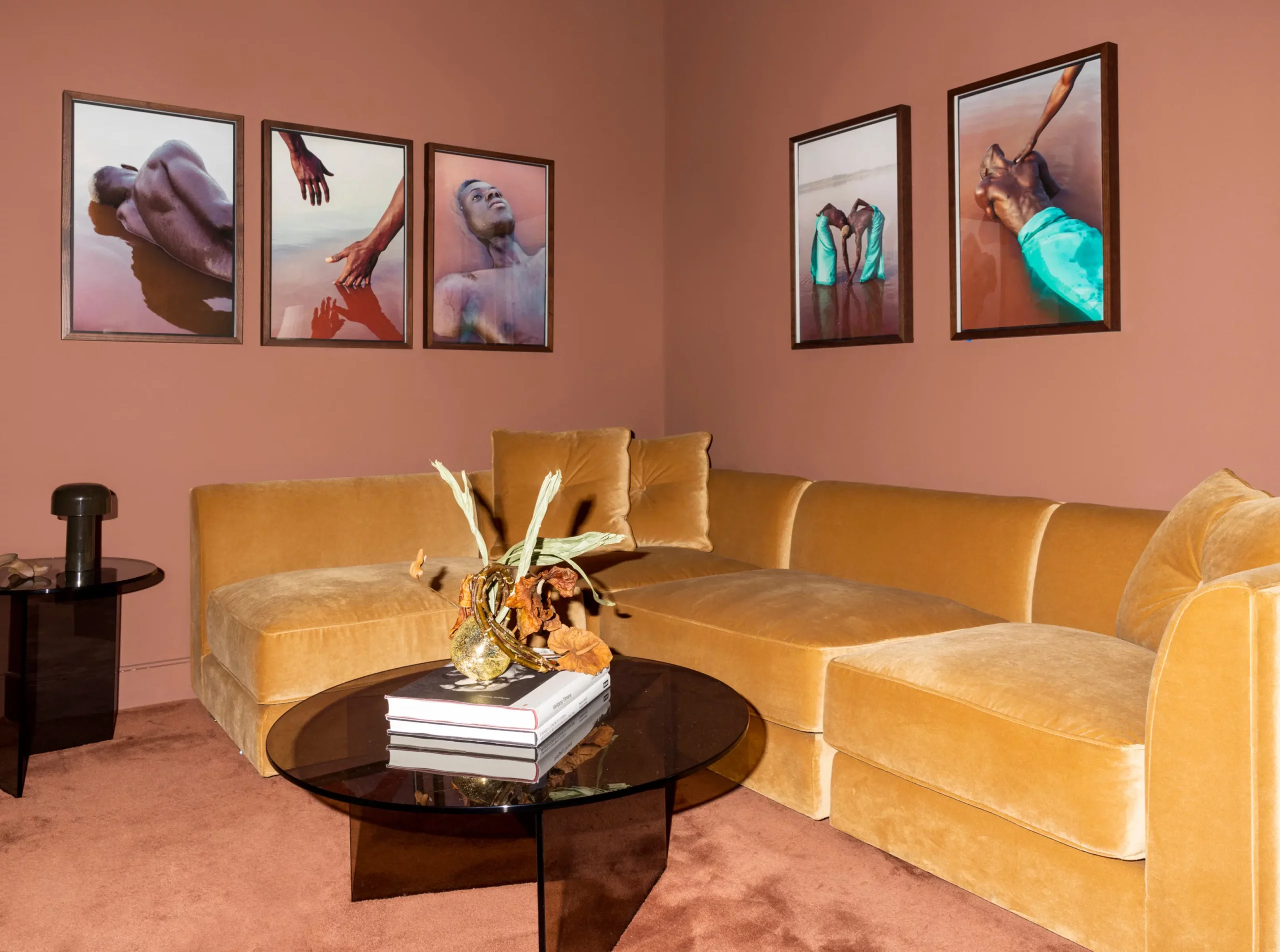
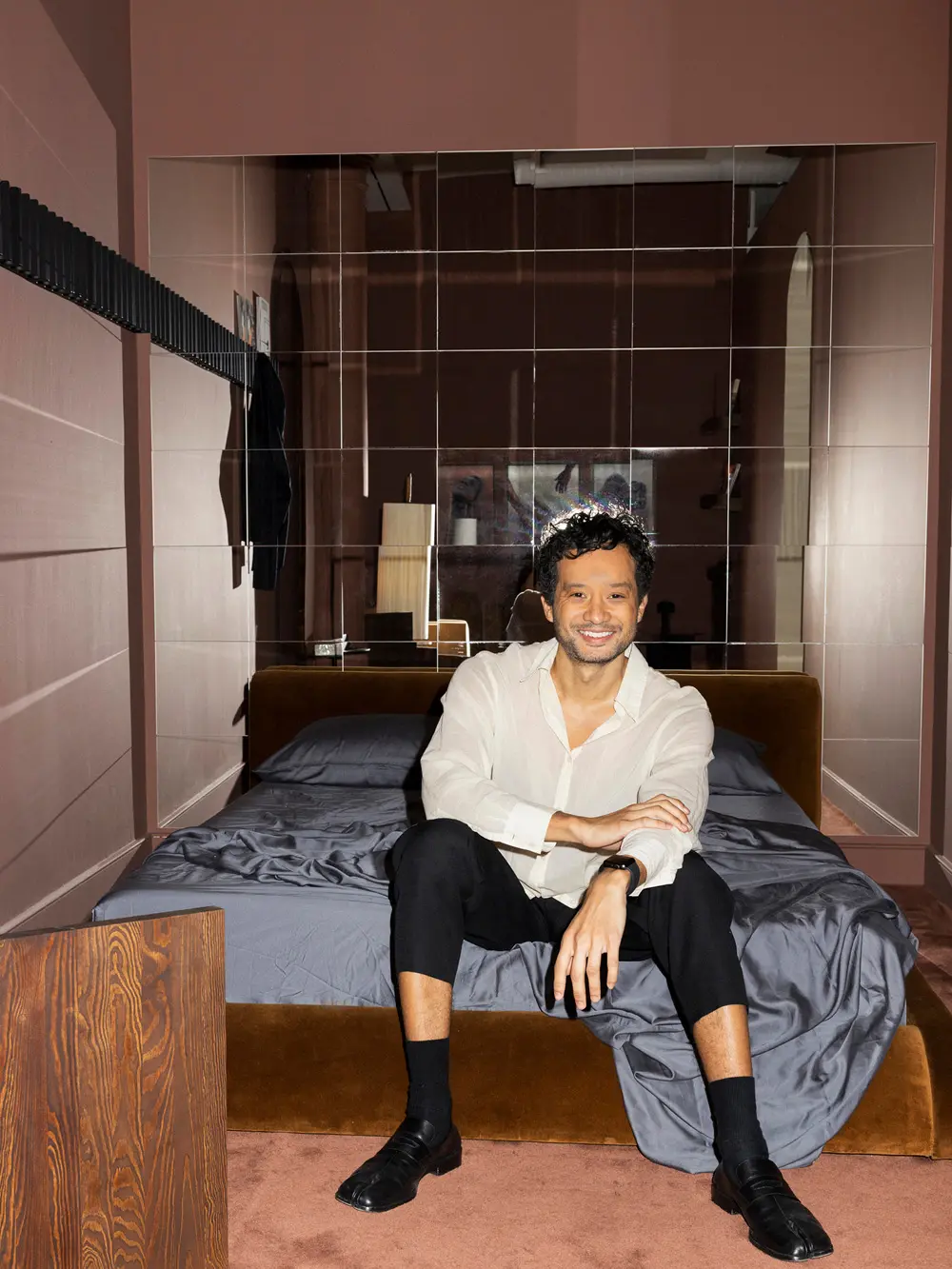
Q. Congratulations on the new showroom. The opening follows a recent rebrand for TRNK. What inspired the big rethink?
I started to think about how TRNK can continue to evolve, possibly into other categories. We’re thinking about bedding, home fragrance, tableware—would we want a TRNK cafe one day. I couldn’t envision the old logo in those contexts, so we wanted to do something that felt more delicate but also timeless.
Q. How is this space different from your previous spaces?
We have a much bigger TRNK Collection than we had in the past. The TRNK Editions art program is relatively new. All of these things now collectively live together here. We opted for a series of small rooms with little vignettes so we can create different environments. Each showcases the work in different ways—some are gallery style and intended to be rotational so we can make new exhibitions more frequently; other spaces are intended to feel more situational where you can imagine how these products could live in your own home. And it’s a ground-level space. Anyone can walk in so it’s more inviting.
Q. Since TRNK first launched in 2013, you’ve grown the business steadily and organically. Tell us a little about your approach.
It was always about trying to find a new voice and making that voice feel approachable. We’ve always wanted to maintain some element that felt inviting, even as our price point kept escalating. So I think that was a big point of differentiation. When we first started though, we were actually all about storytelling, as a content-driven site. We evolved out of that as we focused more on commerce, but I think at the core it’s central to how I think about the brand identity. Revisiting the storytelling component in some way in the future will be important to us. The vision is not fully realized without it.
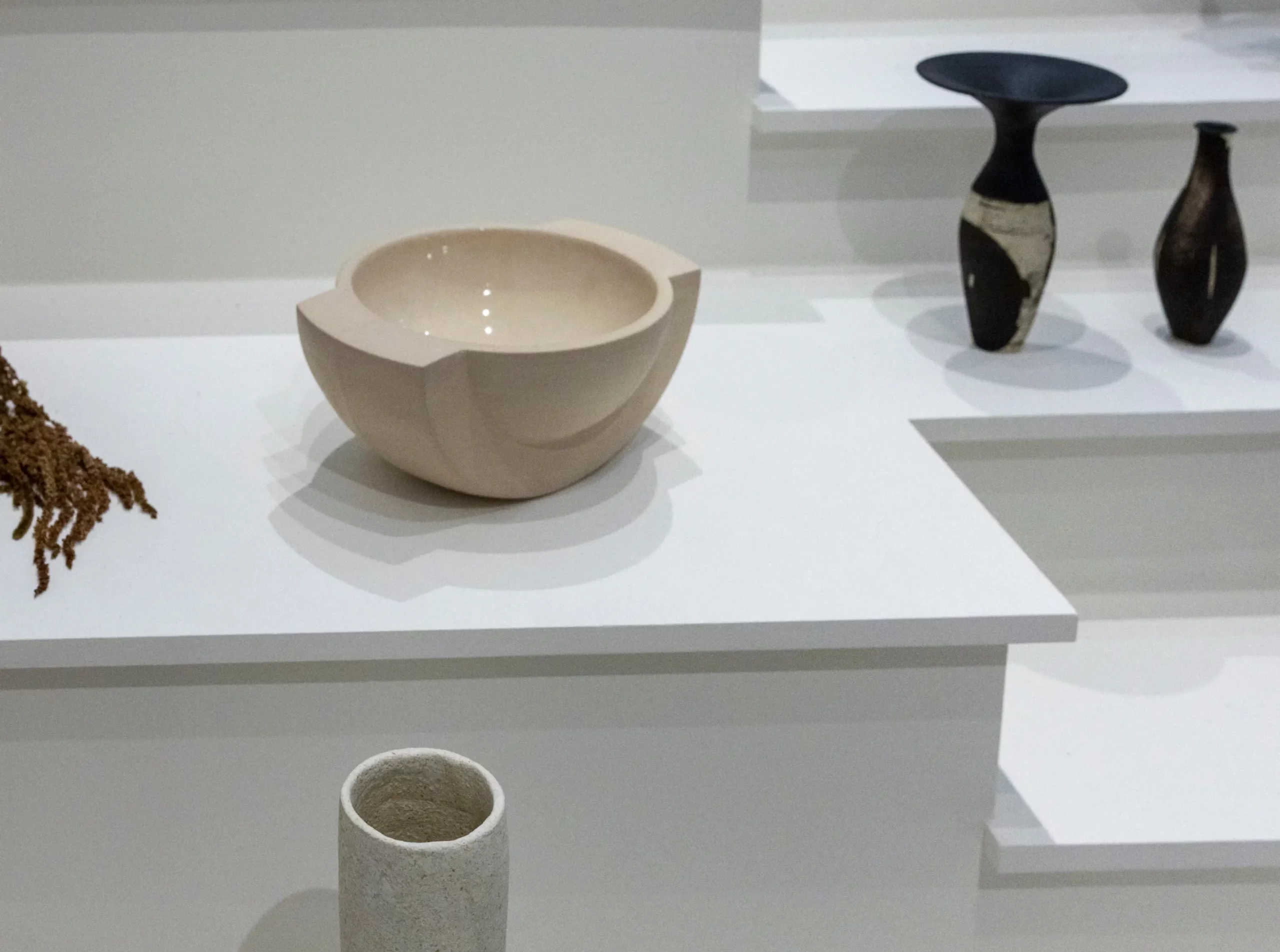
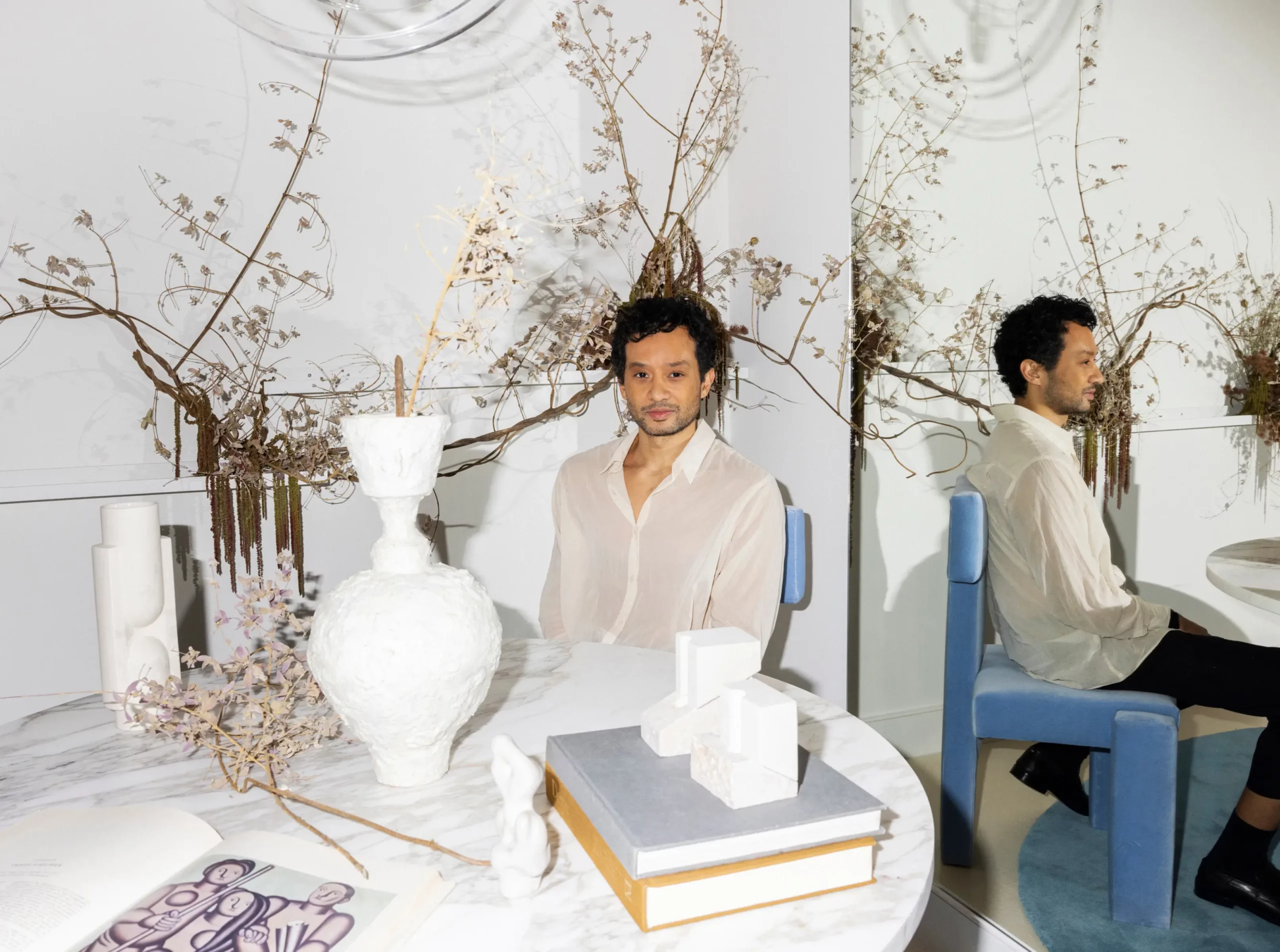
Q. Would you say starting with content was key in setting the brand up for success?
It was instrumental. The initial success, the very first version of the website, didn’t even sell anything. We were doing home tours, primarily working with more unexpected characters and spaces—they were all very personal to whoever occupied them. The stories really resonated with people. That was how we developed the initial traction to even be able to launch e-commerce.
Q. During the pandemic, you launched new designs and the TRNK Editions art collection and hosted a few online exhibitions. How did you pull it all off?
When the pandemic started, I made the decision to convert everything to digital format very early on. That’s how we were able to push forward with MIEN [for TRNK Editions] and launch it according to schedule. We were doing all of the product design and development digitally. Even Provenanced was entirely through renderings because we couldn’t shoot it at the time. We were able to move much quicker and respond to conversations in real-time—Provenanced was in real-time when the conversations for Black Lives Matter were happening. Like, people are talking about it now and they’re willing to listen; I don’t know how long they’re going to be willing to listen. It taught us how to embrace the benefits of digital and the changing creative process.
Q. Tell us about the recent digital art exhibitions. How does it reflect your curatorial approach now?
A couple of years ago, we started focusing on narrative in a different way. TRNK Editions was the impetus for that. It was a way to engage with artists that we otherwise wouldn’t have had an opportunity to. We started with MIEN, which was an exhibition for Pride—with queer photographers of color who were exploring tensions of personal lived experience versus our politicized identities. We expanded upon that, so we did Provenanced, which was an exhibition reinstating and reclaiming African and indigenous contributions to design. That’s the big way in which the curatorial approach has changed—we started interrogating different questions.
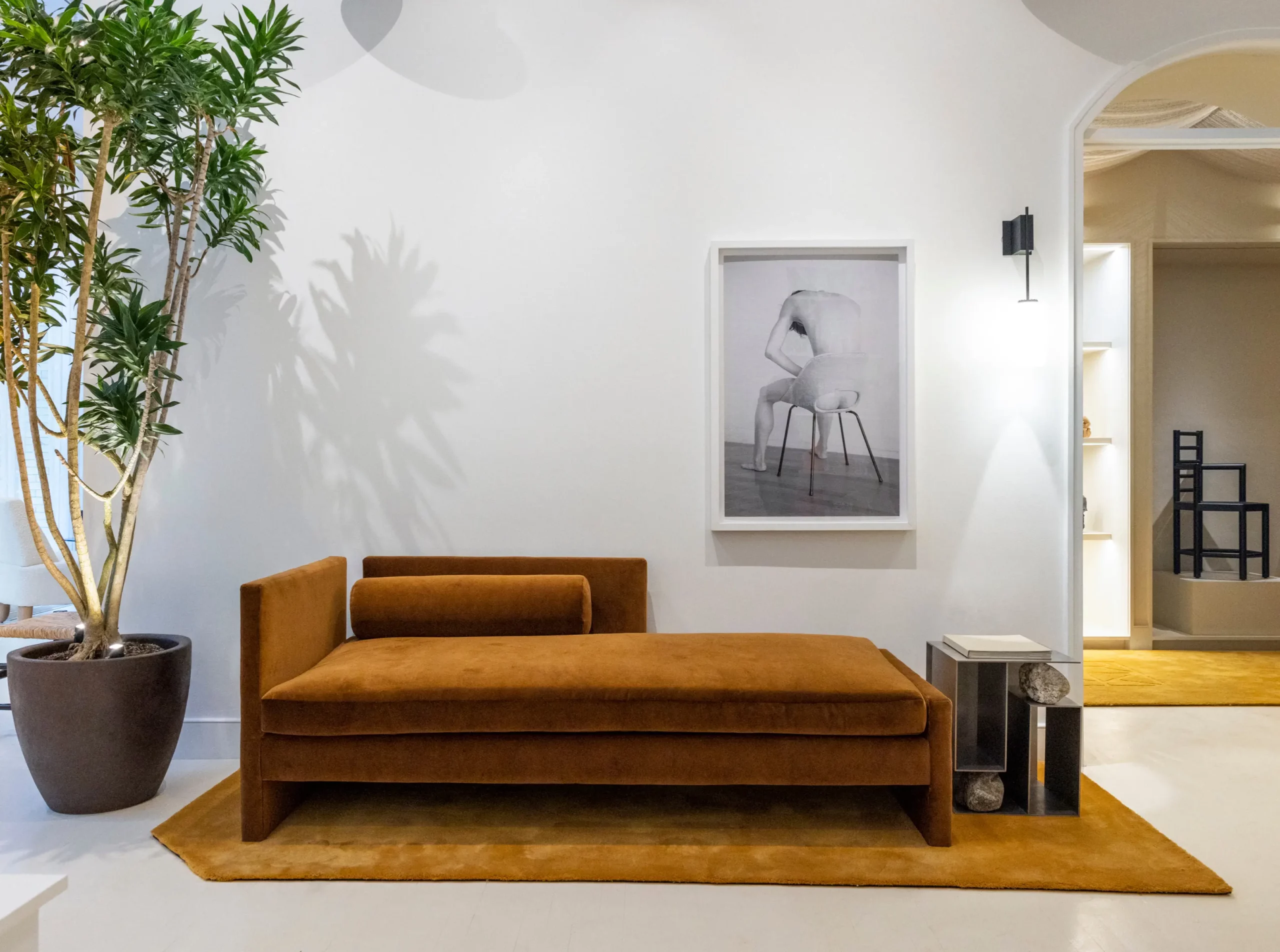
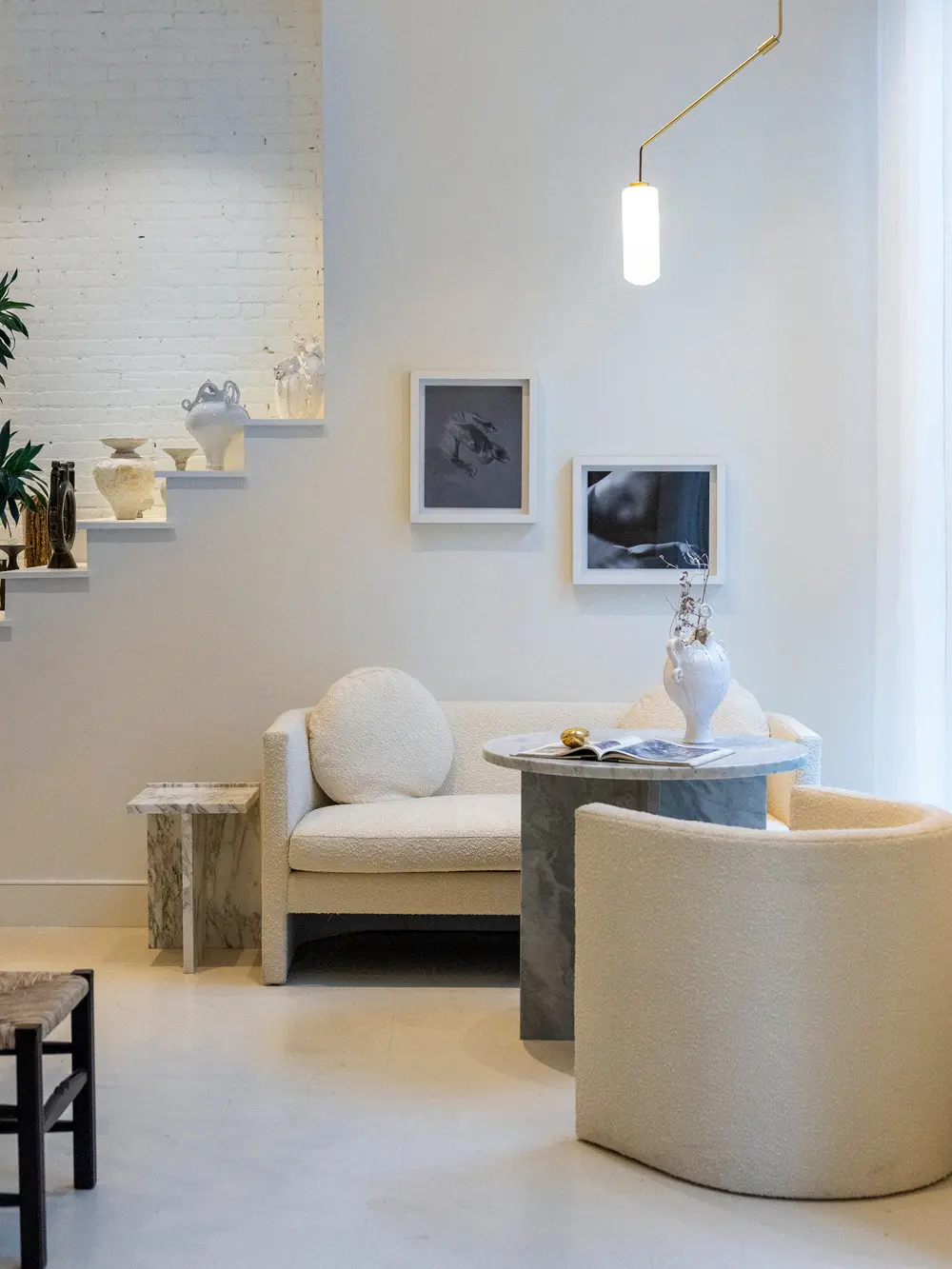
Q. What’s a driving force that has been constant for you in your work?
I thrive off a certain amount of unpredictability because otherwise, I do feel a bit bored. For me, unpredictability means there’s also limitless possibility. This could be bigger than I ever imagined. Not knowing what the future holds necessarily but being able to imagine what it could be is very exciting for me.
Q. What helps you stay grounded in all the unpredictability and change?
It’s all the little victories, the little wins to celebrate. Sitting and reflecting on each one of those successes. One of the most exciting things for me is to see a product prototype for the first time. It’s working towards those steps. It’s another way to stay excited about the work. The other is just the people component because I get to work with so many different people in so many different capacities. We like to work with younger emerging talent as we’re kind of on this path together. We love to see us grow together and reach new levels of success together.
Q. Looking back, is there something you wish you were told when you were starting the business?
Someone to tell me to just sit down, focus, and bring one thing to the finish line before starting the next. Sometimes we get impatient and want to do so many different things, then end up having ten half-baked projects running concurrently that nothing is getting over the finish line. It always comes at an expense, so be patient.
